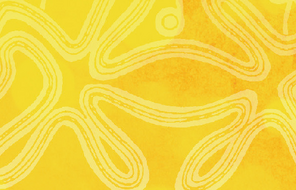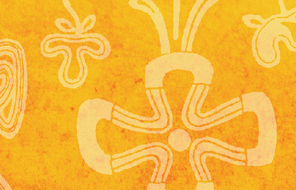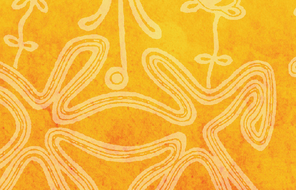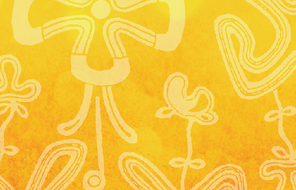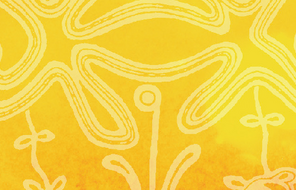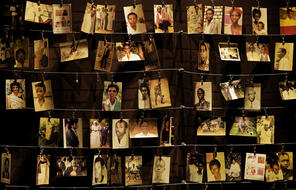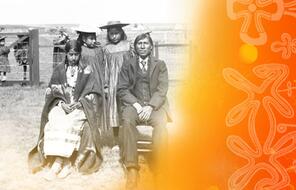The Inuit
The term Inuit refers broadly to the Arctic indigenous population of Alaska, Canada, and Greenland. Inuit means “people,” and the language they speak is called Inuktitut, though there are regional dialects that are known by slightly different names. Today, the Inuit communities of Canada live in the Inuit Nunangat—loosely defined as “Inuit homeland”—which is divided into four regions.
For centuries these communities have relied on their natural resources, strong leaders, and innovative tools and skills to adapt to the cold, harsh environments of the Arctic north. The Inuit people survived primarily on fish and sea mammals such as seals, whales, caribou, and walruses 1 . Out of respect for the land and ocean that provided for them, they, like other Indigenous Peoples, used all parts of the animal efficiently for food, clothes, and tools, creating innovative spears and harpoons, parka coats, blankets, and boats. Therefore, to this day, the Inuit place high value on inclusiveness, resourcefulness, collaboration, and “decision making through discussion and consensus.” 2 While individuals are expected to be self-reliant and fulfill their role in society, each member is also expected to support and help the others.
The Inuit have used naming, or renaming, to resist the colonial legacy and practice by choosing names in their own language. When the Canadian government formally recognized the Inuit claims to the land, the inhabitants changed the name of the region to Nunavut, which means “our land” in Inuktitut. Beyond the literal definition, Nunavut connotes home and a deep relationship and interconnectedness with the land.
Nunavut is the largest and most northern territory in Canada. In the eighteenth and nineteenth centuries, European traders, fishermen, and whalers began to make routine trips to set up summer posts in the vast region. From the beginning of the eighteenth century and as late as the 1930s, a lively fur trade thrived between the Europeans and the Inuit. The territory is far from Ottawa, however, and has historically received little investment or attention. With the end of the fur trade and the depletion of important ocean resources such as whales, many Inuit communities were left without the means to thrive. By the 1940s, the government began to settle the Inuit in permanent communities, and the pressure to adapt to Western ways increased. The traditional ways were discarded and the Inuit became dependent on the government for education, health care, and other services. 3 The majority of Canada’s 60,000 Inuit live in small communities of no more than 1,000 people. These are often poor communities, located thousands of kilometres away from each other, which creates vast transportation and communication problems. Some communities, at least for part of the year, are accessible only by airplane. The Inuit formed the Inuit Tapiriit Kanatami (ITK), formerly Inuit Tapirisat of Canada, in 1971. The ITK represents four distinct regional homelands: Inuvialuit (Northwest Territories), Nunavik (Northern Quebec), Nunatsiavut (Northern Labrador), and Nunavut, which became its own territory in 1999. After years of hard-fought negotiations, each region has successfully settled its own constitutionally protected aboriginal rights agreements. In these regions, the Inuit received titles to the land and, under several self-government agreements, expanded administrative powers to govern according to their worldview.
- 1For accessible and rich information about the history of the Inuit peoples, see "“Inuit Historical Perspectives,” Inuit Tapiriit Kanatami website
- 2 Government of Nunavut, “Incorporating Inuit Societal Values,” Implementation of Inuit Societal Values Report (2013), 4, accessed September 15, 2014.
- 3"The Inuit Way: A Guide to Inuit Culture (Pauktuuits Inuit Women of Canada, 2006), 4–5, accessed March 5, 2015.



